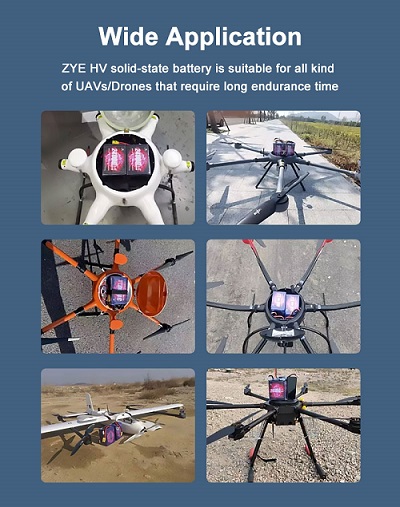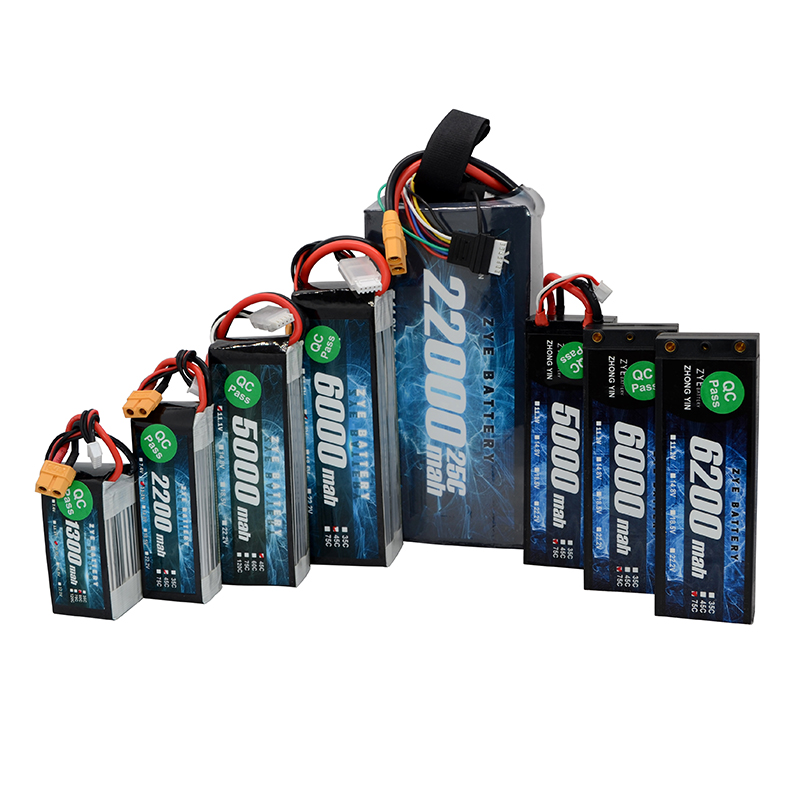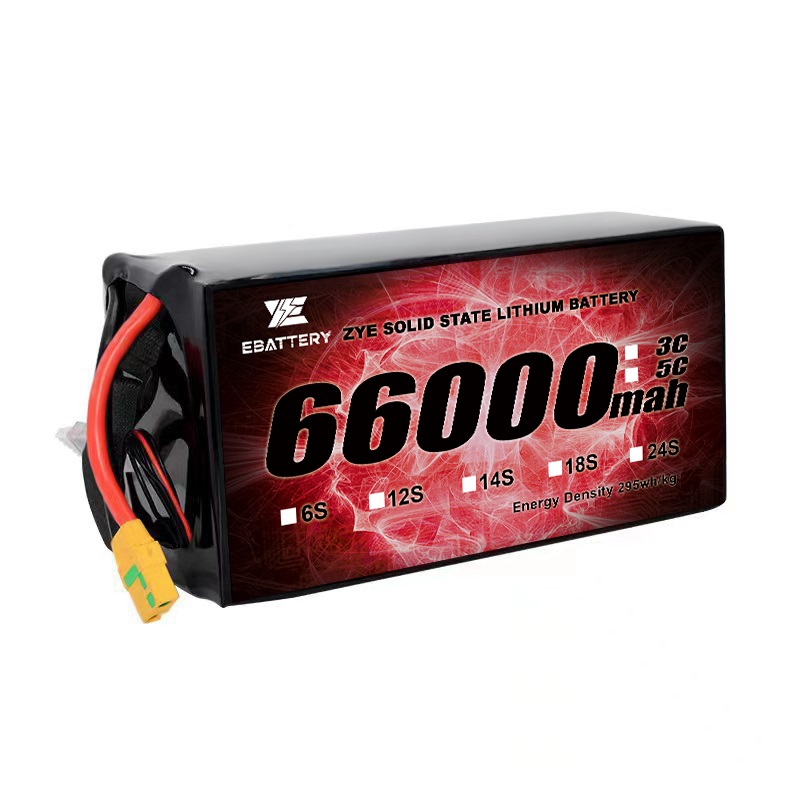What Makes a Drone Battery Suitable for Agricultural Applications?
Agricultural drones have revolutionized farming practices, offering unparalleled efficiency in crop monitoring, pest control, and precision agriculture. At the heart of these aerial marvels lies a crucial component: the drone battery. But what exactly makes a battery suitable for agricultural drones? Let's delve into the world of drone power sources and explore how they're tailored for farming applications.
How Do Agricultural Drones Optimize Battery Life?
Maximizing flight time is paramount in agricultural drone operations. Farmers need drones that can cover vast fields without frequent battery changes. To achieve this, agricultural drone batteries employ several strategies:
Energy-Efficient Flight Patterns
Agricultural drones utilize sophisticated algorithms to plan optimal flight paths. These patterns minimize energy consumption by avoiding unnecessary maneuvers and maintaining steady speeds. By reducing the power draw on the drone battery, these efficient flight patterns significantly extend operational time.
Smart Power Management Systems
Modern agricultural drones incorporate intelligent power management systems. These systems constantly monitor battery levels, adjusting power distribution to various components based on real-time needs. For instance, during straight flight paths, power to stabilization systems may be reduced, conserving energy for more critical functions.
Lightweight Materials and Aerodynamic Design
The physical design of agricultural drones plays a crucial role in battery efficiency. Manufacturers use lightweight materials like carbon fiber to reduce overall drone weight. Additionally, aerodynamic profiles minimize air resistance, allowing drones to maintain flight with less power consumption, thus extending battery life.

Why Are Rugged Batteries Essential for Farming Drones?
Agricultural environments can be harsh and unpredictable. Drone batteries used in farming applications must be built to withstand these challenging conditions. Here's why ruggedness is a key factor:
Resistance to Temperature Fluctuations
Farming drones often operate in diverse weather conditions, from scorching summer heat to chilly pre-dawn mornings. Rugged drone batteries are designed to maintain consistent performance across a wide temperature range. They incorporate advanced thermal management systems to prevent overheating or reduced efficiency in extreme temperatures.
Dust and Moisture Protection
Agricultural environments are rife with dust, pollen, and moisture. Rugged drone batteries feature sealed casings with high IP (Ingress Protection) ratings. This ensures that fine particles and water droplets can't penetrate the battery housing, preventing short circuits and corrosion.
Shock and Vibration Resistance
Farming drones may encounter turbulence or experience rough landings in uneven fields. Rugged batteries are constructed with reinforced casings and internal shock-absorbing materials. This protects the delicate battery cells from physical damage, ensuring longevity and reliable performance even in bumpy conditions.
What Battery Size Do Crop-Spraying Drones Require?
Crop-spraying drones have unique power requirements due to their payload and operational demands. The ideal battery size for these specialized agricultural drones depends on several factors:
Payload Capacity Considerations
Crop-spraying drones carry substantial payloads of pesticides or fertilizers. This additional weight demands more power for lift and sustained flight. As a result, these drones typically require larger capacity batteries compared to standard surveying or monitoring drones. The drone battery must provide enough power to lift the drone, its spraying mechanism, and the liquid payload while maintaining stable flight.
Flight Time vs. Weight Trade-off
While larger batteries offer extended flight times, they also add weight to the drone. This creates a delicate balance between operational duration and payload capacity. Manufacturers must optimize battery size to provide sufficient flight time without overly limiting the amount of spray material the drone can carry. Typically, crop-spraying drone batteries range from 10,000mAh to 30,000mAh, depending on the drone's size and intended use case.
Quick-Swap Battery Systems
To address the need for extended operation without excessive weight, many crop-spraying drones utilize quick-swap battery systems. These allow operators to rapidly exchange depleted batteries for fresh ones, minimizing downtime. This approach enables the use of moderately sized batteries while still achieving long cumulative operating times through quick battery changes.
Voltage Requirements for Spraying Mechanisms
Crop-spraying drones often require higher voltage batteries to power their spraying mechanisms effectively. While standard camera drones might operate on 3S or 4S LiPo batteries (11.1V or 14.8V), spraying drones frequently use 6S (22.2V) or even 12S (44.4V) batteries. This higher voltage ensures sufficient power for both flight operations and the high-pressure pumps used in spraying systems.
Balancing Act: Energy Density and Power Output
The ideal crop-spraying drone battery strikes a balance between energy density (capacity per unit weight) and power output. High energy density ensures long flight times, while high power output capabilities are crucial for managing the increased load during takeoff and the constant demand of the spraying system. Advanced lithium polymer (LiPo) or lithium-ion batteries with high C-ratings are often employed to meet these dual requirements.
Safety Features for Hazardous Environments
Given the potentially corrosive or flammable nature of some agricultural chemicals, crop-spraying drone batteries must incorporate enhanced safety features. These may include reinforced cell separators, advanced battery management systems (BMS) with cell balancing, and thermal runaway prevention mechanisms. Such features protect both the drone and the operator in the event of battery damage or malfunction.
Scalability for Different Farm Sizes
Agricultural operations vary greatly in size, from small family farms to vast industrial plantations. Battery systems for crop-spraying drones should be scalable to accommodate these varying needs. Some manufacturers offer modular battery solutions, allowing farmers to add or remove battery packs based on the specific requirements of each spraying mission or field size.
Environmental Considerations
As agriculture moves towards more sustainable practices, the environmental impact of drone batteries becomes increasingly important. Some cutting-edge crop-spraying drones are now utilizing eco-friendly battery chemistries, such as lithium iron phosphate (LiFePO4), which offer improved safety profiles and longer cycle lives. These batteries not only reduce environmental impact but also provide cost benefits through extended operational lifespans.
Integration with Farm Management Systems
Modern agricultural drones are often part of larger farm management ecosystems. Advanced drone batteries for crop-spraying applications may include smart features that integrate with these systems. For example, they might have built-in GPS modules to log spraying locations accurately or communicate battery health and charge status to central management software, enabling better planning and efficiency in farm operations.
Regulatory Compliance
The use of drones in agriculture is subject to various regulations, which can impact battery requirements. For instance, some regions may have restrictions on the maximum voltage or energy capacity of batteries used in unmanned aerial vehicles. Crop-spraying drone batteries must be designed to comply with these regulations while still meeting the operational needs of farmers.
In conclusion, the suitability of a drone battery for agricultural applications, particularly in crop-spraying scenarios, is determined by a complex interplay of factors. From energy efficiency and ruggedness to size, power output, and safety features, each aspect plays a crucial role in ensuring effective and reliable drone operations in farming environments.
Are you looking for high-performance, durable batteries for your agricultural drones? Ebattery offers a wide range of specialized drone batteries designed to meet the unique demands of farming applications. Our batteries combine cutting-edge technology with rugged construction to deliver reliable power in even the most challenging agricultural environments. Don't let battery limitations ground your farming operations. Contact us today at cathy@zyepower.com to discover how our advanced drone batteries can elevate your agricultural productivity to new heights.
References
1. Johnson, M. (2022). Advanced Power Solutions for Agricultural Drones. Journal of Precision Agriculture, 15(3), 245-260.
2. Smith, A. & Brown, B. (2023). Optimizing Battery Performance in Crop-Spraying UAVs. Drone Technology Review, 8(2), 112-128.
3. Chen, L. et al. (2021). Impact of Battery Technology on Agricultural Drone Efficiency. International Journal of Agricultural Engineering, 12(4), 567-582.
4. Williams, R. (2023). Rugged Battery Design for Harsh Farming Environments. Agricultural Robotics Quarterly, 7(1), 45-60.
5. Garcia, S. & Lee, K. (2022). Energy Management Strategies in Modern Farming Drones. Sustainable Agriculture Technology, 10(3), 301-315.
























































